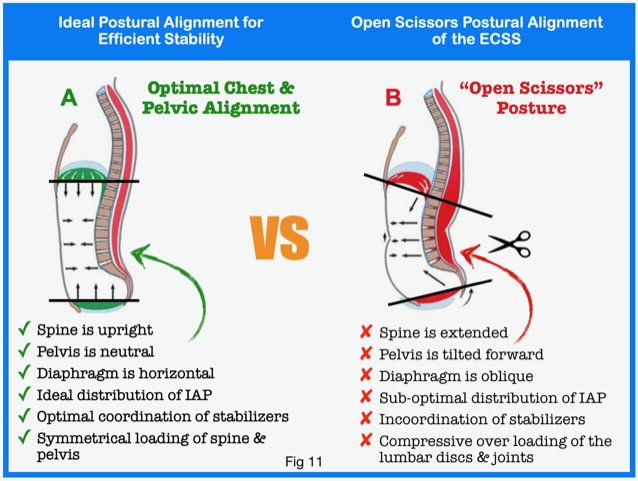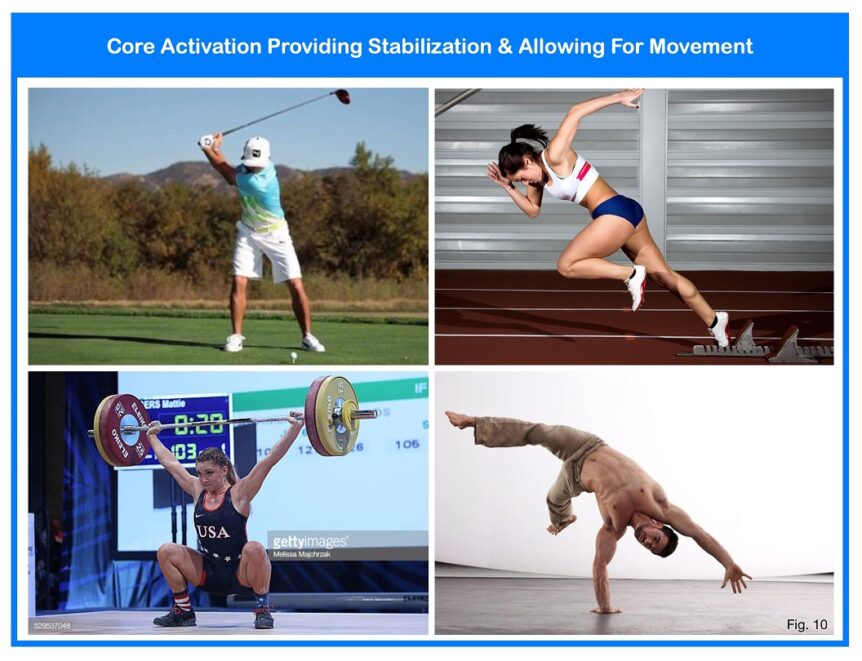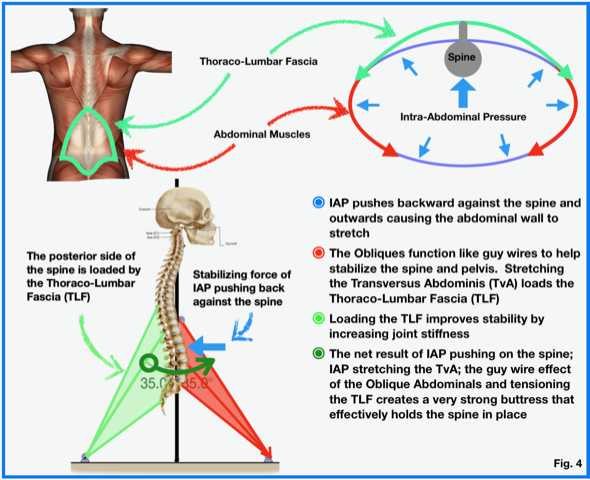In the first two parts of this series we discussed the anatomical structure of the core and the correct method of core activation. The mechanics of turning intra-abdominal pressure into pelvic and spinal stabilization was also reviewed. Establishing efficient stabilization of the spine and pelvis is essential to injury prevention not only in sport but in the activities of daily …
Core Stability Explained: Inside-Out. Part – 3
Parts 1 and 2 of this series discussed the anatomical structure of the core and the correct method of core activation. Establishing efficient stabilization of the spine and pelvis is essential to injury prevention not only in sport but in the activities of daily living as well. The following is a review of what has been covered so far. The …
Core Stability Explained: Inside-Out. Part – 2
Part 1 of this series discussed the anatomical structure and function of the core. Here is a brief review of what was covered: The diaphragm has two functions: respiratory and stabilization. It performs both of these functions at the same time and biases between the two based on the need of one over the other. The ability of the diaphragm …
Core Stability Explained: Inside-Out. Part – 1
Over the last few years the fitness, rehab and manual medicine industries have become inundated by the concept of core training. Pilates instructors, Cross-Fit trainers, Physiotherapists, Chiropractors and personal trainers are all “selling” their idea of core training. Our understanding of exactly what core strength is and how we are to train it has changed dramatically. The core-stabilization theory has …



